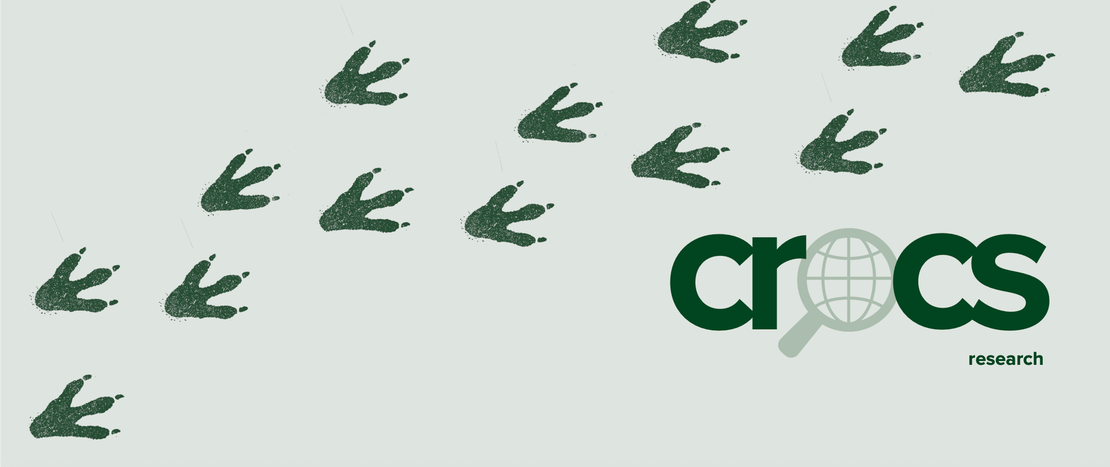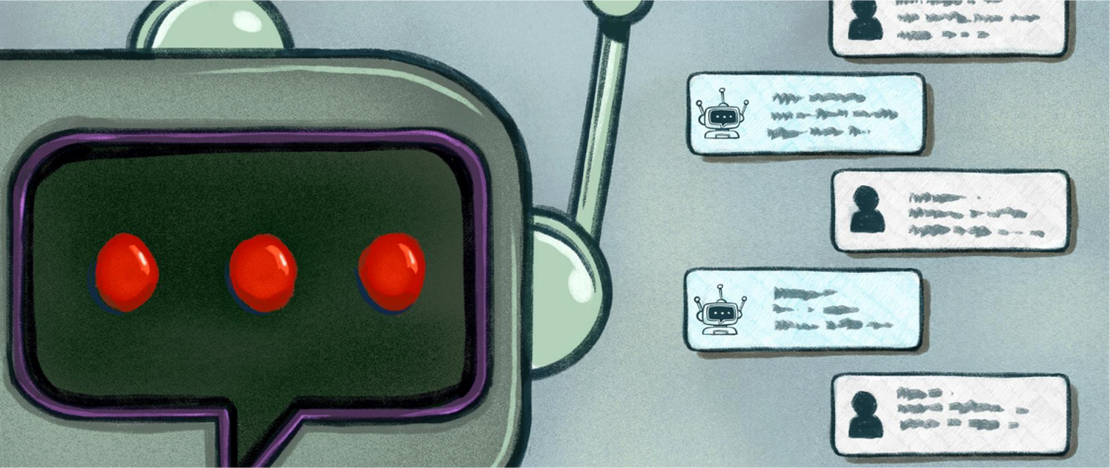
Asymmetric coverage of asymmetric violence: How US print news media report far-right terrorism
- Erin Kearns , Allison Betus
- Media
- June 2022
Table of Contents
Examining print media coverge of far-right terror attacks in the U.S.
Abstract
Until recently, terrorism perpetrated by far-right actors garnered relatively little attention from the public and policymakers. The nascent literature on news media and terrorism focuses on Muslim-perpetrated versus non-Muslim-perpetrated attacks, finding that Muslim-perpetrated attacks receive more news coverage, and that coverage is more likely to frame the attack as terrorism. Yet, little is known about how media cover far-right terrorism. In this chapter, we examine print media coverage of far-right terror attacks in the U.S. from 2006 to 2015 as coded in the Global Terrorism Database (GTD). First, we focus on far-right versus other types of attacks to examine differences in both the amount of coverage received and whether that coverage mentions terrorism. Next, we examine differences in media coverage between sub-motives of far-right attacks. Relative to other attacks, far-right attacks in the U.S. receive far less coverage on average and that coverage is significantly less likely to frame the attack as terrorism. Yet, there is less variance in both agenda-setting and framing between sub-motivations of the broader far-right umbrella. Together, this suggests that attention is being overly focused on some terrorist threats while other real threats to our security are underplayed.
Relative to other attacks, far-right attacks in the U.S. receive far less coverage on average and that coverage is significantly less likely to frame the attack as terrorism.
Full Paper
Follow link below for the paper. Questions? Contact the authors.
Full PaperTags :
Share :
Related Posts

Examining the impacts of a gamified media literacy intervention in Indonesia
Examining an attempt to integrate messaging applications and gamified approaches to deploy media literacy interventions.
Read More
Older and wiser: How terrorist leaders’ tenure influences tactical decisions
Understanding the impact of leader tenure and role on group operations.
Read More
How chatbot communication styles impact citizen reports to police: Testing procedural justice and overaccommodation approaches in a survey experiment
Understanding how chatbot communication styles impact SAR.
Read More